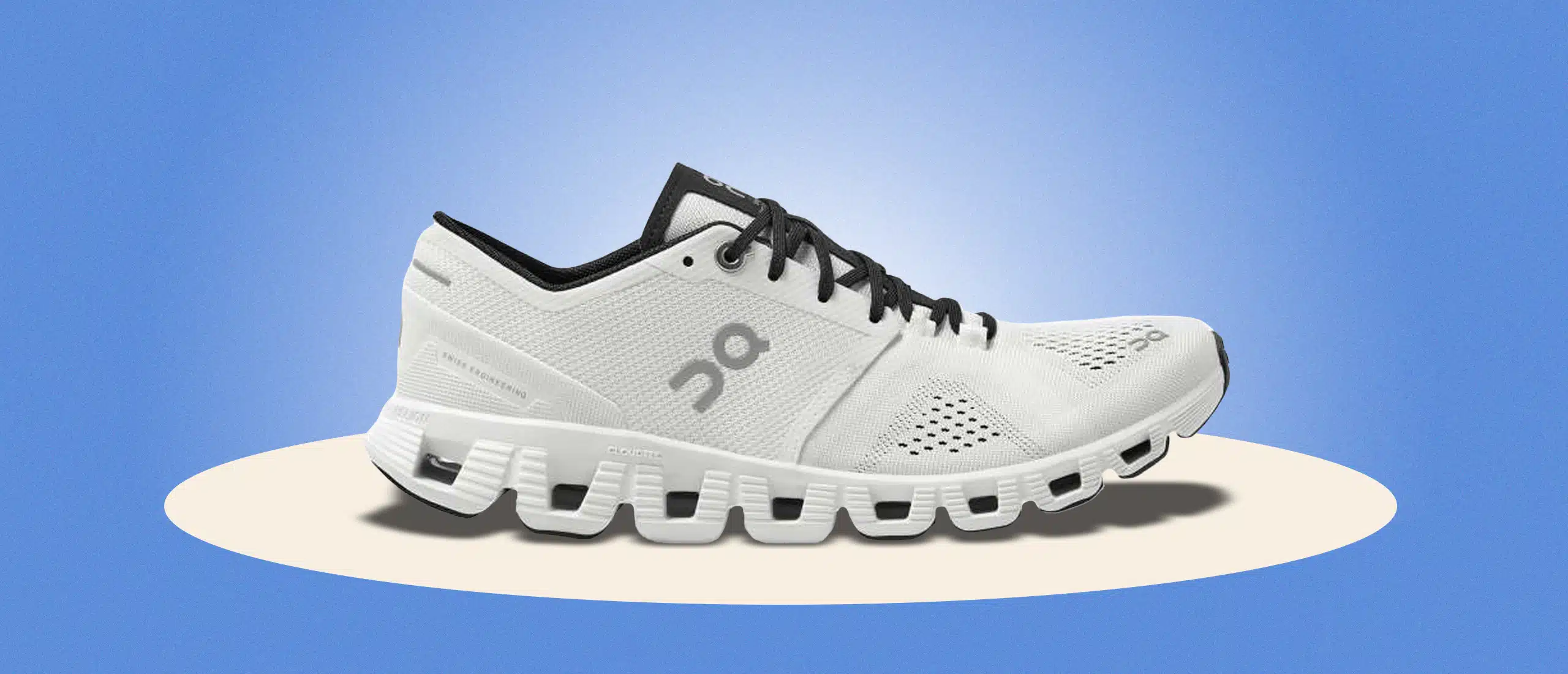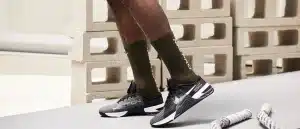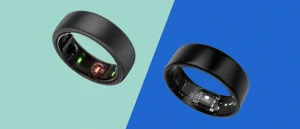Want to Know What Working Out on Clouds Feels Like? Yeah, Same.
When I see “cloud” in the name of a gym shoe, I immediately think of effortlessly crushing miles with shock-absorbing pillows on my feet. Or box jumping with a cotton-candy-soft landing, every time. But I find it especially intriguing when that term is emblazoned on a cross-training shoe, which for all intents and purposes, must be equal parts supportive and springy, to attack every type of workout, head-on.
That’s just what the On Cloud X claims to do.
On’s popular gym sneaker, the Cloud X, is engineered to offer lightweight stability through a plethora of workouts. According to the brand, it’s ultra-reactive, super agile, and versatile enough to go from a quick warmup jog to a HIIT class without the need to switch shoes midway through. As someone who consistently tracks outdoor runs, functional strength training, tennis, and HIIT workouts on my Apple Watch, I knew I was the right person for the job. But did the Cloud Xs live up to their lofty claims? To paint a well-rounded, non-biased picture, I tested the sneakers first-hand, and asked The Edge’s fitness and nutrition editor, certified trainer, and On Cloud X enthusiast, Sydney Bueckert, to weigh in, too. Let’s get into it.
Looking for more gym shoe recommendations? Check out our guide on the subject. Every product we recommend is tested, reviewed, and compared against the competition.
What Are the On Cloud Xs?
On got its start just over 10 years ago. A duathlon champion and multiple Ironman winner and two of his buddies set out to redefine the running shoe, bringing Swiss technology to the sport. Their concept was simple: cushioned landing, firm take-off. After dozens of prototypes and tests, On’s running sneakers burst onto the scene in 2010, and they’ve been a staple on the pavement ever since.
But the On Cloud X is different. Launched seven years later in November 2017, it’s a shoe meant for “runners who remix their workouts,” according to the brand. On took into consideration that many runners aren’t just running—they’re training in the gym, walking the dog, and playing sports on weekends. And they wanted to create a do-it-all shoe that could transition from one to the next with ease.
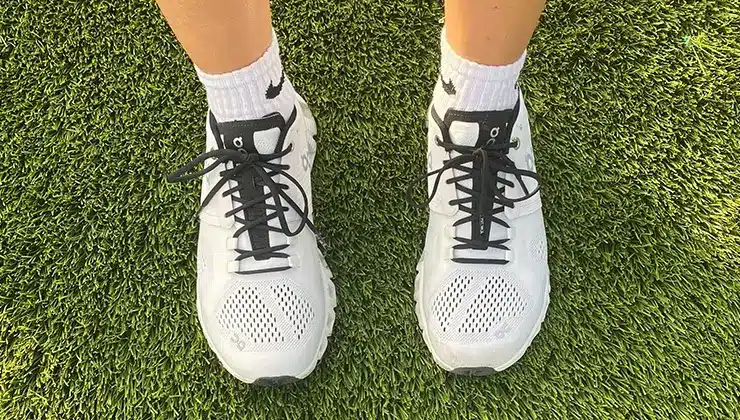
What’s Good About the On Cloud X?
Ultra-lightweight
Weighing in at just 8.47 oz., there’s no denying that the On Cloud Xs are light-as-a-feather. They’re so lightweight, that they almost feel fake—like walking on a piece of flexible styrofoam. They’re far less bulky than my trusty Hoka Clifton 8s, and much more breathable, too. As they should be, because they were intentionally made this way.
The Cloud X utilizes high-quality, lightweight materials to help you zip through miles or spring from one foot to the other while doing explosive movements like skater lunges. The upper material’s breathability is thanks to woven mesh, intentionally engineered to be durable, and breathable. Even the laces are sleek—they’re more flat than round and I can barely notice ‘em during most workouts.
Lots of ground feel
One thing my Hokas can’t compete with: The On Cloud X’s superior ground feel. This offers a bit more support when lifting weights or doing functional movements like walking lunges. I feel much more balanced and stable when I can feel the floor underneath me. As someone who tends to do every workout in my cushiony Hokas, this was something I didn’t realize I needed for optimal form until the Cloud Xs.
The combination of lightweight/ground feel is what you should be looking for during activities like HIIT, according to Sydney. “You don’t want too much feedback from a shoe—you don’t want your shoe getting in the way of your range of motion, and this shoe doesn’t,” she explains.
They’ve got grip
One thing On gets right is the sole of the sneaker. The lightweight, hollow foam grid seems like it might be flimsy at first glance, but on my feet, it feels like a brand new set of tires that hug the road (or gym floor) with every step. The toe box is nice, too—it spans my whole foot and is wide enough to allow my toes to spread when I walk, run, or squat, which is crucial to injury prevention and proper form.
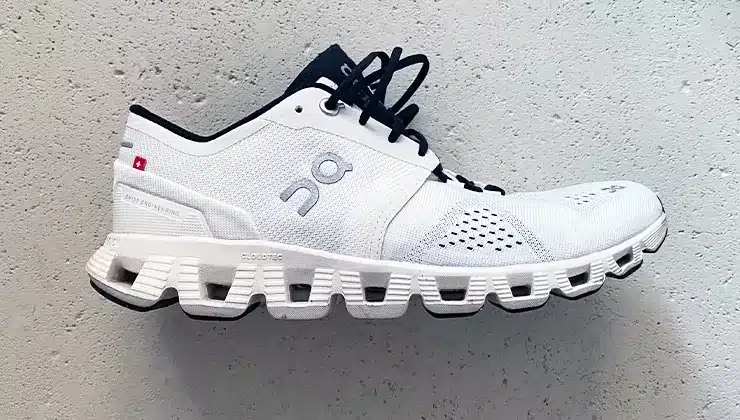
They break in easily
In addition to grip, the flexible grid on the bottom allows for flexibility that doesn’t need hours of breaking in straight out of the box. That coupled with the sheer, breathable upper makes these a go-to for both Sydney and me. “With most weight lifting, CrossFit, and cross training shoes like the Reebok Nano X2 or the NoBull Gum Trainers, you can expect a rigid upper with break-in time. This rigidity is a bother when doing things like reverse lunges because you’ll feel the toe box cave in at a sharp angle and hit your toes, or the box around the ankle might feel more supportive but the material is so thick, it cuts into your ankle during cutting movements like speed skaters. The On Cloud X is ready to rock the moment you pull them out of the box,” she says.
They look good
Maybe it’s the sleek silhouette or the minimal colors, but the On Cloud X sneakers look better on my feet than any other sneaker I own. They’re just as stylish with joggers and a sweater to walk the dog, as they are with shorts or pants in the gym. They make me feel legit in a way that Nikes just don’t.
I also don’t have to worry about them looking busted any time soon. Sydney’s had hers for more than two years and has tested them through every type of workout/movement possible—including hikes through the narrows at Zion. When they start to look a little scraggly, she throws them in the washing machine and vows that they come out looking brand new.
What’s Not Good About the On Cloud X?
They lack cushion
Based on my love of orthopedic-level Hokas, I’m clearly the cushion or bust type when it comes to training sneaks. And Cloud Xs leave much to be desired in this department. Sure, they wouldn’t have as much of that stable ground feel if they were built upon thick, cushy foam, but they could benefit from even a smidge more. They’re lacking so much cushion, that I could barely run a mile in them without my lower back and knees feeling stiff and sore immediately after. However, Sydney set me straight—these shoes aren’t meant to log miles. They’re just supposed to be versatile enough for a warm-up or cool-down jog after crushing a strength circuit. So maybe I’m asking too much.
They have minimal spring
The gridded sole looks like a row of mini springs, so I was surprised at the complete lack of boing when I put them on. Yes, they’re lightweight, so squat jumps feel airy, but I don’t get any extra height when performing explosive movements. Though the landing is stable, I wouldn’t describe it as “soft.” Note to self: put down a yoga mat for extra cushioning when doing plyometrics.
Where’s the shock-absorption?
Again, I was surprised that the spring-like bottom of the shoes has a non-existent amount of shock absorption. A few inches of foam might be less supportive, but if I’m doing burpees or box jumps, I want my shoe to be nice to my joints. I felt my lower back stiffen up after one set of bodyweight jump squats in these babies, so I can only imagine what adding weight would do.
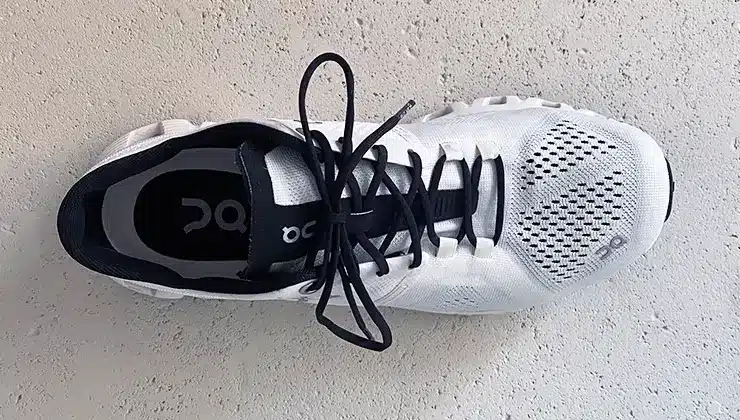
The Experience
Cross-training shoes are hard to get right—they have to effortlessly transition from supportive to cushiony to feel just right going from sprints to Turkish getups. That’s why you may notice many cross-trainers are lacking on one side or the other. Case in point: my experience below.
First wear
Right out of the box, it’s evident that these sneakers are handsome. While most kicks are in-your-face with loud color combinations and giant foam soles, the Cloud Xs are minimal, sleek, and elegant. I tested the white and black combination, but the other available colors are just as understated.
I slipped my foot inside and was immediately turned off. You know the saying, “it’s what’s on the inside that matters”? Yeah, listen to that guy. For me, these sneakers seemed like they were just a pretty face at first. Where was the cushion? Would they hold up through various workouts? If I wasn’t testing them for market research, I probably would have shipped them right back. I’m glad I stuck it out.
Walking/Running
The first workout on the list: A nice easy walk/jog to get a feel for what they could do. Walking in them feels surprisingly nice—they’re so lightweight, I don’t feel like I’m wearing anything on my feet. But then again, that also means I can feel every pebble underfoot when wearing them. Something that I don’t personally like, but hey, there are dudes who run barefoot. To each his own.
I picked up the pace to a jog and got maybe three-quarters of a mile down before I had to stop. I could feel my knees aching (and I don’t have bad knees), and my lower back nearly giving out. There just wasn’t enough cushion in these for me to use them for running. But as Sydney mentioned above, they aren’t built like running shoes. Back to the drawing board.
HIIT
I figured the support and ground feel were going to shine during a HIIT workout. As mentioned, I tend to do every workout in my running sneakers, which isn’t the best for form. I do need more support when weightlifting than I do while walking, so I was excited to try the Cloud Xs out in this capacity. And they delivered. They have lots of grip, the wide toe-box makes sticking box jumps very easy, and I didn’t feel weighed down at all. I felt agile, and that’s half the battle when you’re going for AMRAPs.
Tennis
I am by no means a good (or even OK) tennis player. But I needed a lightweight shoe to throw on when playing recreationally with friends, and my other running sneakers felt too bulky to be nimble. I laced the Cloud Xs up and they did just fine. Lateral movements were very easy and swift, and they felt supportive. Sydney attributes this to the medium heel drop, which makes them better for functional workouts than running shoes, which typically have a higher heel drop and can make them unstable.
However, there wasn’t enough cushioning for my joints on the hard court. I wound up with a stiff lower back after playing for two hours, but it wasn’t so terrible that I’d never wear them again. I’m not investing in real tennis shoes any time soon, so these will be my go-tos for the foreseeable future.
The Competition
Nike Metcon 8
If you’re a Nike stan, give the Metcon 8s ($130) a go. We tested them, and while they aren’t a totally do-it-all training shoe—we found running cardio uncomfortable—they do excel in all gym lifting and cross-training environments. They deliver a loud, look-at-me aesthetic, which can be offputting for some, but the functional design is good enough to move past it.
Reebok Nano x2
If you could relate to my incessant need for cushioning, you might like Reebok’s popular Nano x2 ($135), which offers a bit more of that plush responsiveness. They’re the shoe you’ll want if you’re looking to weave more cardio into your routine. But if you’re looking for a shoe to wear while loading up plates in the power rack, we’d lean toward the Metcon 8s.
Vivobarefoot Barefoot Prime
If you’re one of those guys I mentioned that has dabbled in running barefoot, perhaps Vivobarefoot’s barefoot-style training shoe ($160) is for you. We tested and reviewed it with favorable scores in lifting, stability and, surprisingly, comfort.
The Bottom Line
I had high hopes for the On Cloud X sneakers—I can barely walk down the street without seeing a pair. After putting them through various workouts, from HIIT to tennis, I didn’t find them supremely comfortable—but they are versatile. They’re lightweight and supportive, have a good amount of grip, and look really nice. However, they didn’t offer enough cushion, bounce, or shock absorption for my liking. I’ll continue to wear them for HIIT and tennis, but if I’m looking to crush a few miles or put in work on leg day, I’m reaching for something far more forgiving on my joints.


